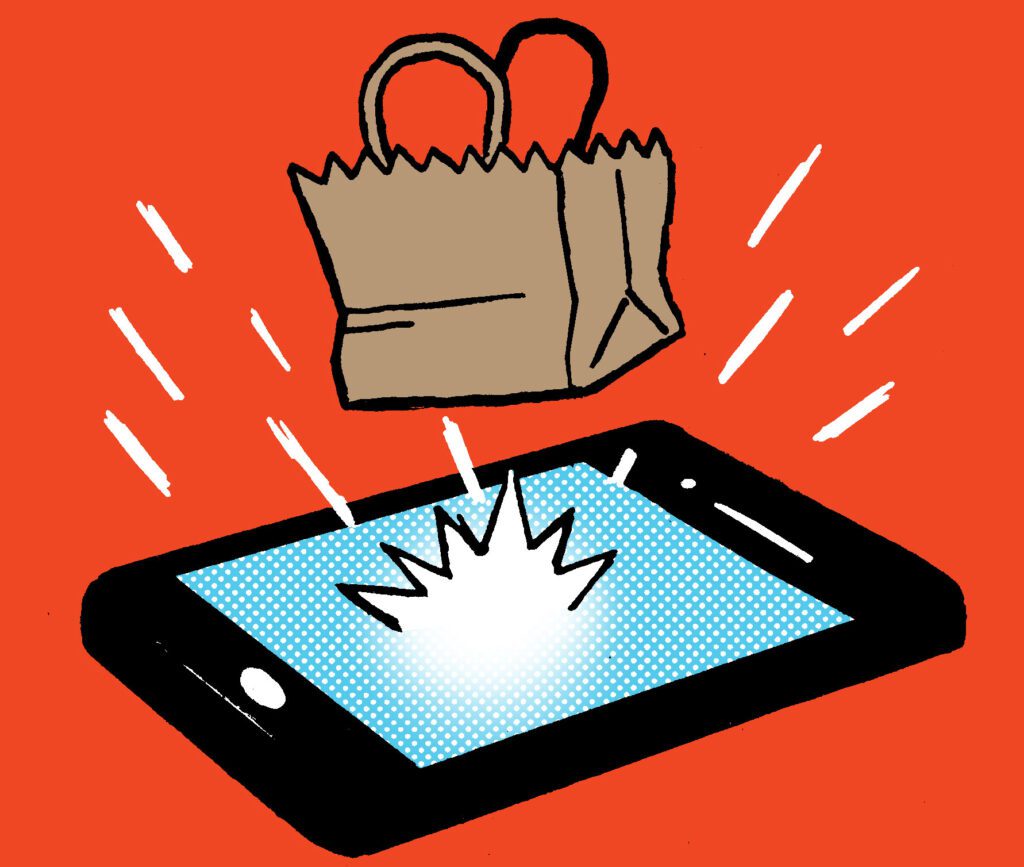Apple introduced SKAdNetwork (SKAN) to replace IDFA-based attribution.
But SKAN’s methodology, which uses encrypted data to represent a campaign ID, is much more complicated than the straightforward use of a single device ID.
Adoption of the latest version, SKAN4, is therefore still very low. Only about 5% of mobile ad inventory is currently SKAN4-compliant, said Adrienne Rice, director of media investment at M&C Saatchi Performance.
So advertisers are turning to programmatic solutions that were purpose-built with SKAN’s methodology in mind to make sense of these complicated new attribution signals, Rice said.
“Mobile measurement partners are doing a great job of understanding how the data is coming in and how to visualize it,” she said, “and the DSPs are starting to get integrated and think about how they’re going to optimize.”
InMobi, for example, announced today it is adding automated bidding and optimization capabilities for all SKAN versions within its DSP. The bidder aims to use SKAN4’s more granular attribution features to optimize spend toward more efficient ad placements at scale.
This doesn’t SKAN
In the pre-SKAN days, the largest apps would spend the bulk of their user acquisition dollars on iOS, said Max Mackey, a principal at growth and performance agency Monochrome and a former mobile UA manager at Twitter.
Twitter, like many other apps, spent years crafting sophisticated models to efficiently target audiences with the highest potential lifetime value on iOS.
“IOS users were the stickiest in terms of retention, and usually most likely to purchase,” he said.
Before Apple’s AppTrackingTransparency (ATT) framework went into effect in 2021, measurement and attribution platforms could more easily use a device’s IDFA to track downloads and conversions across apps.
“SKAN essentially broke all that modeling, because it was so new,” Mackey said.
Now, advertisers have to rely on SKAN’s postback reporting, in which the ad network that facilitated an ad impression provides a hashed identifier whenever a campaign exposure results in an app install, an in-app purchase or a similar event.
In previous versions, SKAN postbacks only included a two-digit campaign ID to represent the campaign associated with the ad and the app in which the ad appeared. With the SKAN4 update, the two-digit campaign ID was upgraded to a four-digit number known as a source identifier. The extra two digits give developers room to include more granular attribution signals, including the specific ad creative that was served, or the size, format or placement of the ad.
Everybody must get SKANed
Because SKAN handles attribution by identifying the entities involved in serving an impression rather than by tracking the individual user, SKAN doesn’t work unless all the partners involved are certified by Apple.
To get SKAN certification, advertisers, app developers, DSPs and mobile measurement providers must register with Apple to set up a SKAN ID that can be included in a postback report.
But adoption continues to lag among mobile app developers, which is an impediment to scaled testing, because there isn’t enough SKAN-compliant inventory, Rice said.
Apple has been releasing features for SKAN4 since last year as part of a phased rollout, including introducing more granular reporting. And with each new feature, app marketers are hopeful that attribution and optimization for iOS campaigns will get easier.
And as SKAN-compliant ad tech solutions help drive down customer acquisition costs (CAC) through optimization, that could spur more app developers to get SKAN certified.
InMobi, for example, has been building a dedicated mobile DSP for SKAN-compliant campaigns since ATT was first announced in 2020, according to Dharak Desai, director of sales and strategy at InMobi.
Nearly 80% of iOS spending on InMobi’s DSP is SKAN-compliant, and it has a pool of SKAN-compliant historical campaign data at its disposal for testing and optimization purposes.
The specialized bidder for SKAN campaigns that InMobi just added to its DSP helped drive nearly 1.5 million iOS app installs during testing campaigns since the start of 2023. InMobi hopes this latest update to its platform will inspire further SKAN adoption among advertisers and app developers looking to lower their CAC.
Optimization and efficiency
But why the optimism around SKAN4 when past versions haven’t caught fire with advertisers? It boils down to SKAN4’s expanded suite of attribution features.
In addition to four-digit source IDs, SKAN4 allows for up to three postback events to be reported, rather than just one, which was the case for previous versions.
SKAN4 provides the first postback within 48 hours after a conversion event, then a second postback after three to seven days and, finally, a third after eight to 35 days. Having multiple postbacks allows marketers to more effectively determine which app installs lead to in-app purchases or other conversions, which is important for determining a customer’s lifetime value.
Platforms like InMobi’s DSP can use these additional signals to optimize campaigns in a variety of ways.
“Creative optimization wasn’t really possible in previous versions of SKAN,” Rice said. “Now, with these additional digits, you can map creative by assigning it to one of those values.”
Marketers can also measure performance by geo and optimize toward the best-performing regions and A/B test different targeting segments, such as age groups, against each other to determine which target audiences yield the best return on ad spend, she said.
Better optimization is good news for marketers, but it’s also good news for iOS app publishers looking to generate more ad revenue.
“Scale and efficiency go hand in hand,” Desai said. “The more efficient you are, the better the CAC is going to look for the advertiser, and if your CAC is better, you’re willing to spend more.”


















